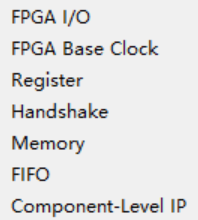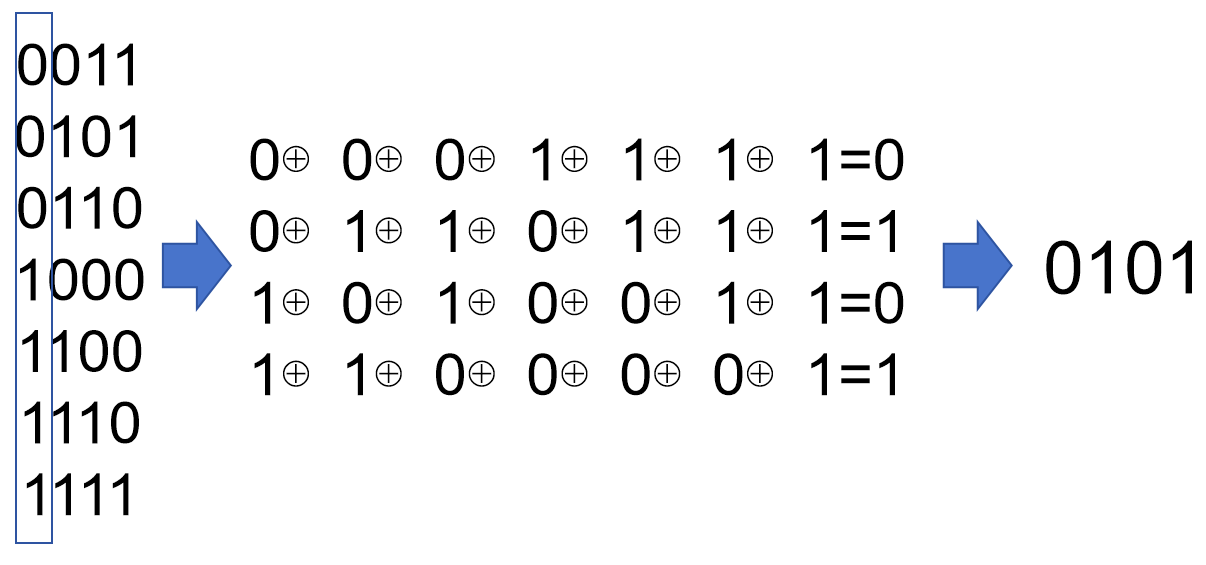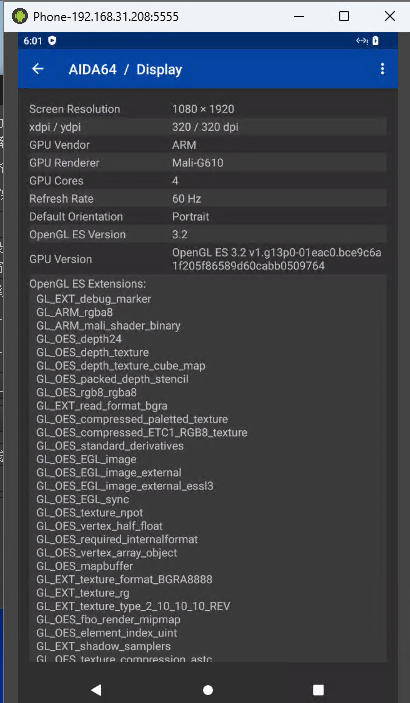
目录
🍸前言
🍻一、Caffeine
🍺二、项目实践
2.1 环境准备
2.2 项目搭建
2.3 接口测试
💞️三、章末
🍸前言
小伙伴们大家好,缓存是提升系统性能的一个不可或缺的工具,通过缓存可以避免大部分重复的请求到数据库层,减少IO链接次数,提升整体的响应速率;具体的缓存工具可以分为本地缓存和分布式缓存(比如 redis),优先使用本地缓存,因为一般情况下使用分布式缓存有点大材小用了;本地缓存中比较常见的比如 Caffeine 缓存,这篇文章将结合具体的 Springboot 项目搭配 Caffeine 实现本地缓存的各种使用方式
🍻一、Caffeine
Caffeine 是一个现代化的 Java 缓存库,设计用于提供高性能和可伸缩性的本地缓存解决方案。适用于高并发以及快速访问数据的场景,因为内部实现了基于 ConcurrentHashMap 的数据结构,从而保证并发访问时的线程安全和高性能。
在 Spring Framework 中,通常通过 Spring Cache 抽象来使用 Caffeine 缓存,常用的注解包括:
-
@Cacheable:
- 用于标记方法可以使用缓存。当方法被调用时,Spring 会首先检查缓存中是否存在对应的数据,如果存在则直接返回缓存中的数据,否则执行方法并将返回值存入缓存。
-
@CachePut:
- 用于更新缓存中的数据。与 @Cacheable 不同的是,@CachePut 注解的方法始终会执行,并将执行结果存入指定的缓存中,适用于更新操作后需要同步更新缓存的场景。
-
@CacheEvict:
- 用于从缓存中移除一个或多个条目。可以通过指定的 key 或条件来移除缓存中的数据,常用于执行删除操作后清除相应的缓存条目,以保证数据一致性。
🍺二、项目实践
2.1 环境准备
后续测试是基于一个可运行的 SpringBoot 项目,通过 ApiPost 模拟请求测试缓存接口
2.2 项目搭建
2.2.1 依赖引入 + 配置
在项目的 pom.xml 文件中添加以下依赖,然后点击 Maven 刷新,Maven 会从配置的远程仓库中自动下载并导入依赖包
<dependency><groupId>org.springframework.boot</groupId><artifactId>spring-boot-starter-cache</artifactId></dependency><dependency><groupId>com.github.ben-manes.caffeine</groupId><artifactId>caffeine</artifactId><version>2.5.5</version></dependency>在 .properties 配置文件中 加入以下配置,设置了缓存的类型以及自定义的缓存参数,比如过期时间
spring.cache.type=caffeine
spring.cache.caffeine.spec=initialCapacity=10,maximumSize=200,expireAfterWrite=30s另外不要忘了在启动类上加开启缓存的注解

2.2.2 测试接口
因为 Caffeine 常用的注解有三个,所以这里三个测试接口分别测试每种注解的使用
第一个测试接口对应的是 @Cacheable 注解的使用,value 指明缓存的名称为 data , key 利用 Spring EL 表达式与请求参数中的 "s" 相关联,方法作用就是打印当前时间
import org.springframework.cache.annotation.CacheEvict;
import org.springframework.cache.annotation.CachePut;
import org.springframework.cache.annotation.Cacheable;
import org.springframework.web.bind.annotation.GetMapping;
import org.springframework.web.bind.annotation.PostMapping;
import org.springframework.web.bind.annotation.RequestMapping;
import org.springframework.web.bind.annotation.RestController;import java.time.LocalDateTime;/*** @author HuangBen */
@RestController
@RequestMapping("/cache")
public class CachController {@Cacheable(value = "data",key = "#s")@GetMapping("/get")public String getData(String s){LocalDateTime now = LocalDateTime.now();String time = now.toString();System.out.println("查询到数据:"+ time);return " 查询到数据 :" + time;}@CachePut(value = "data",key = "#s")@GetMapping("/put")public String putData(String s){LocalDateTime now = LocalDateTime.now();String time = now.toString();System.out.println("存储数据:"+ time);return " 存储数据 :" + time;}@CacheEvict(value = "data",key = "#s")@PostMapping("/rem")public String remData(String s){LocalDateTime now = LocalDateTime.now();String time = now.toString();System.out.println("清除数据 :"+time);return " 清除数据 :" + time;}}2.3 接口测试
2.3.1 测试 @Cacheable 注解
通过模拟请求,可以看到成功创建缓存,并且在三十秒内重复请求的话,直接返回缓存中的数据并不会重新执行方法体,从控制台只打印了一条日志也可以体现


2.3.2 测试 @CachePut 注解
@CachePut 注解的特性就是每次都进到方法体,然后执行结束后会进行缓存刷新,这一点可以从测试 @Cacheable 注解体现,执行完一次 cacheput 操作后,之前的接口返回的缓存也是 CachePut 接口产生的数据

2.3.3 测试 @CacheEvict 注解
@CacheEvict 注解的主要作用是清除指定的缓存,通常用于删除数据的业务逻辑之后,一并清除缓存;这里可以通过控制台信息体现,先使用 Cacheput 操作产生缓存,然后调用 CacheEvict 清除缓存,再通过 Cacheable 操作查询缓存,结果显示并未查询到 CachePut 中产生的缓存数据
💞️三、章末
文章到这里就结束了~











![[Spring] Spring Web MVC案例实战](https://i-blog.csdnimg.cn/direct/67dc72fef8b849c7b4cb4cfa552c0ead.png)









